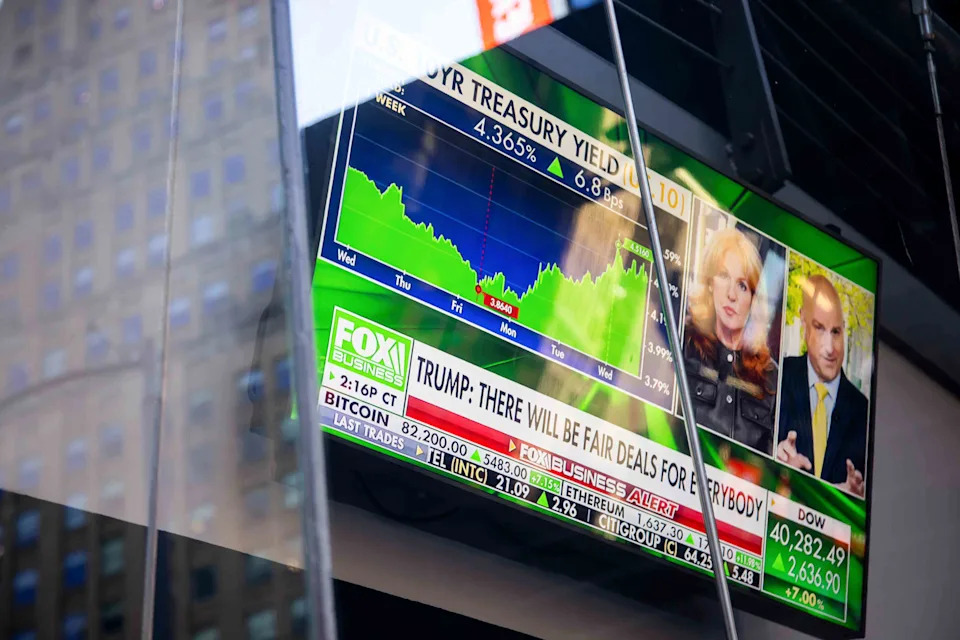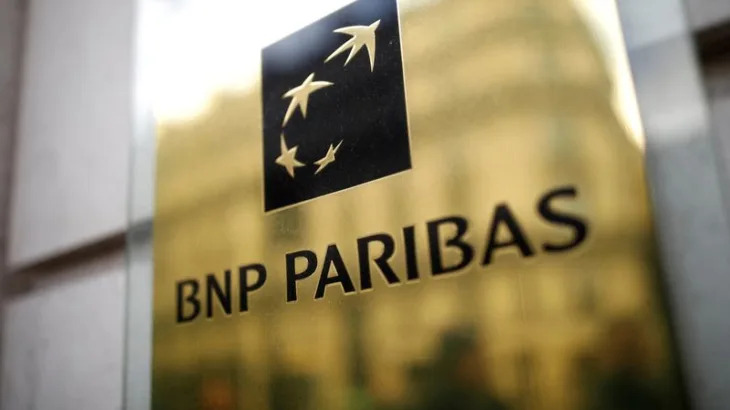
Key Takeaways
The bond market may indeed be “beautiful,” as President Donald Trump declared after a historic day for markets. But it’s also a little confused.
Bond markets stabilized some Wednesday on the news of Trump’s 90-day reprieve on punitive country-by-country tariffs , but were rocky again Thursday. But, some big questions for bond investors remain unanswered. Will the tariffs that Trump stuck with—or escalated in China’s case —prompt an inflation rebound? And has Trump inflicted permanent damage to global investors’ demand for U.S. government debt?
The questions are relevant far outside of Wall Street, since bond markets affect mortgage rates for homebuyers and are a key part of retirement portfolios. U.S. government bonds also underpin the global financial system, and this week’s turbulence showed some cracks that may not be patched soon.
“Unfortunately, Pandora's tariff box is open, and the 90-day reprieve still leaves massive uncertainty on the table,” Andrew Brenner, head of international fixed income at NatAlliance Securities, wrote in a note to clients on Thursday.
Bond volatility is “off the charts,” he added, pointing to the massive jump in the interest rate on bonds this week. Traders are still scratching their heads about the precise reason or reasons behind the volatility.
Will Tariffs Push Up Inflation?
The simplest explanation behind the turbulence is that tariffs make imported items more expensive. Inflation would force the Fed to keep interest rates high, which the Treasury market is sensitive to.
Though Trump has backed off on punitive country-by-country tariffs, he’s nonetheless imposing a blanket 10% tariff on most countries and has ramped up China tariffs.
“The inflation outlook…remains very uncertain, and the risks mostly lie to the upside,” Samuel Tombs, chief U.S. economist at Pantheon Macroeconomics, wrote in a note to clients.
If prices rise on a one-off basis, the Fed may be able to overlook that as temporary. But it’s more concerning if price increases feed off each other, particularly since inflation hasn’t fully returned to normal after its post-COVID spike.
That would make the Fed less likely to cut interest rates—as it usually does to stimulate the economy during tough times.
“They're not in a rush to do anything right now because they need to actually see how this plays out,” said Collin Martin, fixed income strategist at the Schwab Center for Financial Research.
Will Foreign Investors Dump U.S. Bonds?
This week’s moves sparked chatter about whether governments may retaliate against the U.S. by dumping its bonds.
Whether that could happen is far from clear, but there is a risk that foreign investors will buy fewer bonds even without retaliation in mind.
Trump’s goal is to reduce lopsided U.S. trade deficits with countries. But when Americans buy foreign goods, they pay for them in dollars. And, rather than sitting in a bank account, those dollars often get invested into U.S. government bonds. Bringing in fewer imports could naturally cut into that process.
“A smaller U.S. trade deficit could mean less foreign supply of dollars to invest in Treasuries,” Sal Guatieri, senior economist at BMO Capital Markets, wrote in a note to clients.
Japan and China are two major holders of U.S. Treasury securities , and fears of the latter causing financial turmoil by selling U.S. debt has long unsettled some policymakers. However, that drastic move from China could easily backfire since it would weaken the U.S. dollar and make it cheaper for U.S. exporters to send goods to China.
One thing that is clear is that some textbook relationships—bonds go up when stocks go down—have broken down once again. Far from being a “safe haven,” as U.S. Treasurys are often called, bonds suffered at the same time as stocks. That also happened in March 2020, during a “dash for cash” among investors that only halted after massive interventions from the Federal Reserve.
And volatile policymaking doesn’t help, Padhraic Garvey, regional head of research for the Americas at the Dutch bank ING, wrote in a note to clients that explored whether there’s a “sell America” trade occurring.
“Treasury holders don't want drama,” Garvey wrote. “They want simplicity.”
Is the Treasury Market…OK?
The third explanation for the bond market's strange moves is the recent unraveling of bets that hedge funds and other investors made in the bond market. Unwinding those bets meant forced sales of Treasurys, driving down their prices.
Some hedge funds sought to capitalize on tiny differences between the price of a Treasury bond today and one in the future. The bet is called a “ basis trade ,” referring to the “ basis points ” or slivers of a percentage point in a bond.
There is plenty of money to be made off those differentials when hedge funds borrow heavily to exploit them and market conditions are stable. However, borrowing relies on banks, which can pull back during times of stress and force hedge funds to unwind their trades.
The unwinding “overwhelmed the bond markets,” Brenner wrote on Wednesday morning.
For years, the basis trade and similarly arcane strategies have been part of policymaker discussions on potential fragilities on the Treasury market. Just this week, a House committee held a hearing on the state of the market. Recent research from a Brookings Institution conference called hedge funds’ role in Treasury markets a “clear and present danger” and called for heavy Fed interventions during times of stress.
Update, April 10, 2025: This article has been updated to include the most recent trading data.
Read the original article on Investopedia





